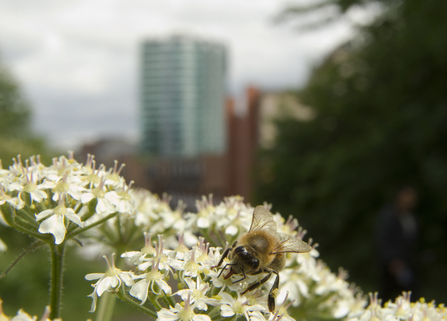June saw the publication of Derby City Council’s first Climate Change Action Plan without fanfare or media scrutiny. Following the declaration of a Climate Emergency in May 2019, it’s a first step to ensuring Derby City Council meets its target of becoming a net zero carbon authority by 2035. The plan highlights over 100 specific projects that officers will work on over the next two years (2022 – 2024) to reduce emissions produced by the Council. Derby City Council estimates that it contributes only 2% of the city’s emissions and correspondingly the actions have a narrow focus on the authority’s core responsibilities such as buildings, transport and streetlighting.
However, there are a range of actions that will make Derby a better place for wildlife, in addition to the work we are already doing with the Council at Allestree Park. The plan includes simple changes such as cutting out glyphosates, to longer term projects such as updating the Local Plan with revised policies on climate change and biodiversity net gain.

